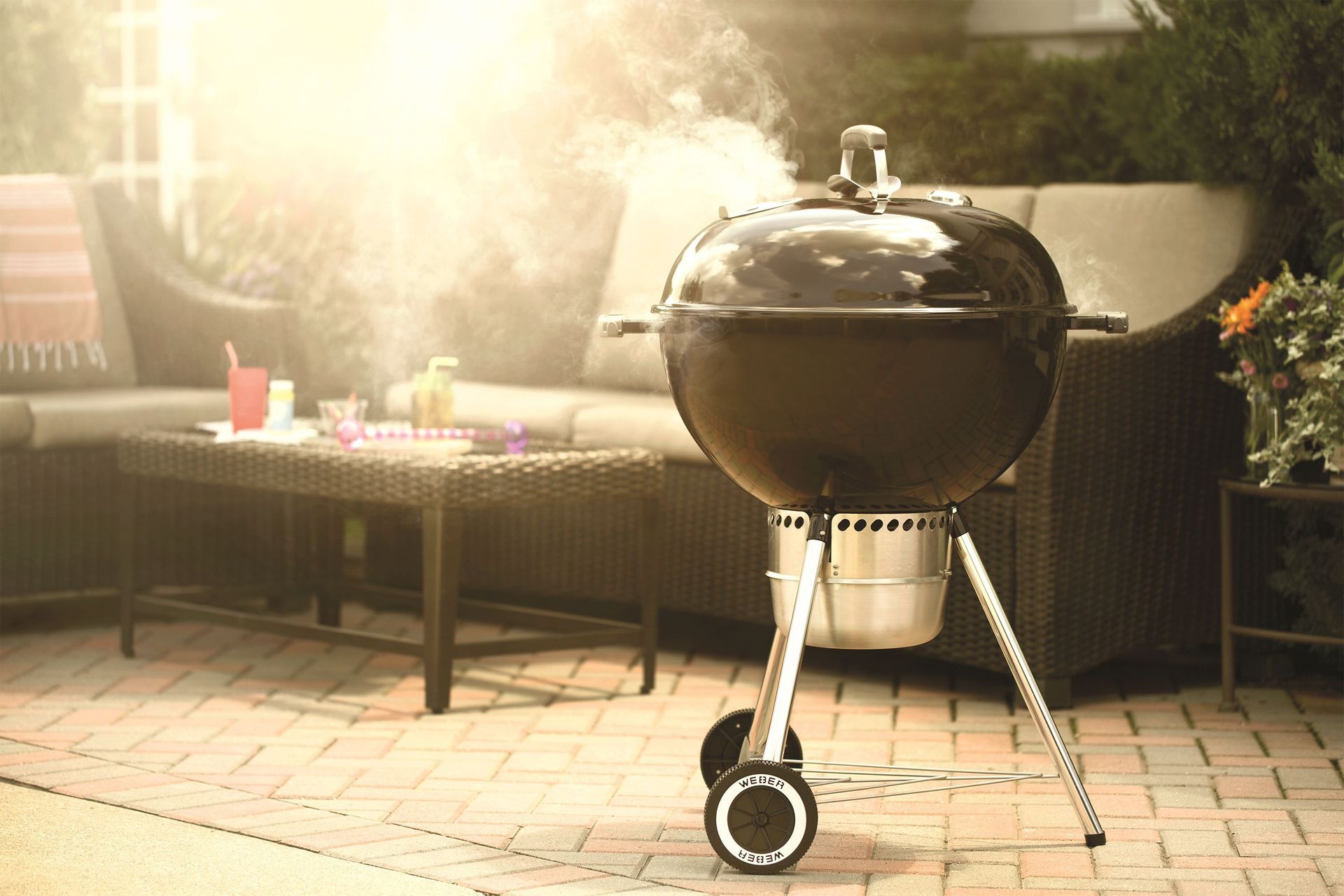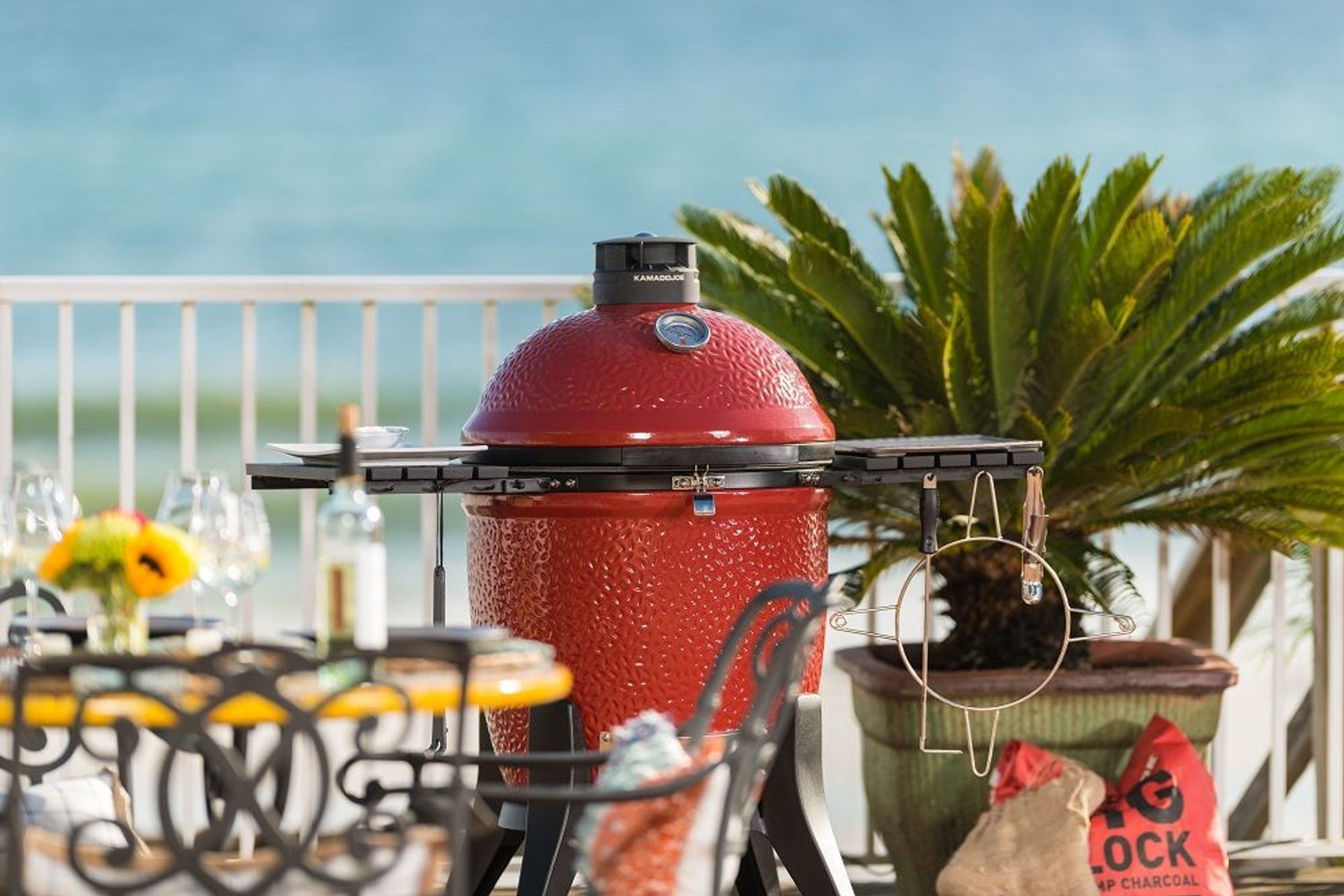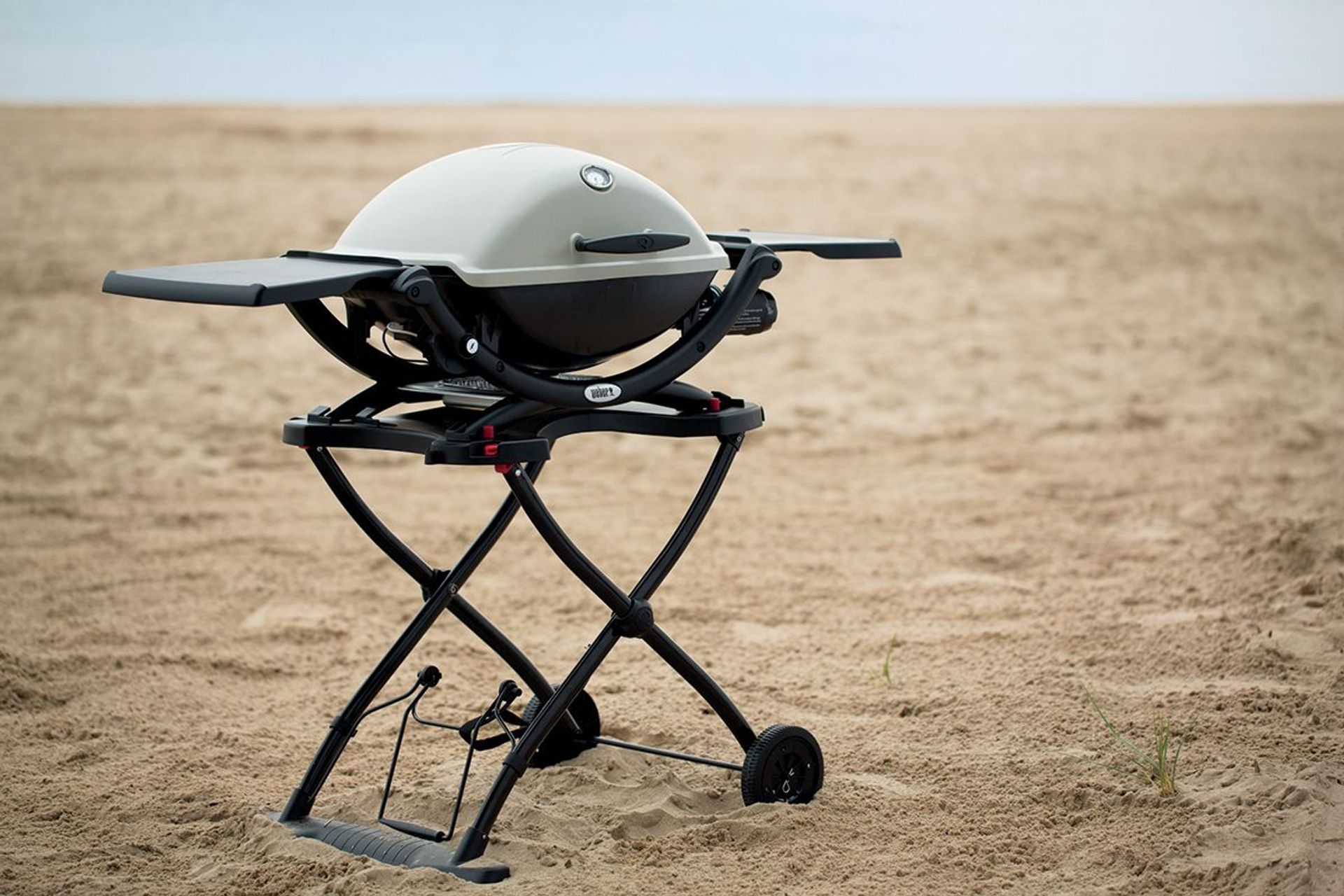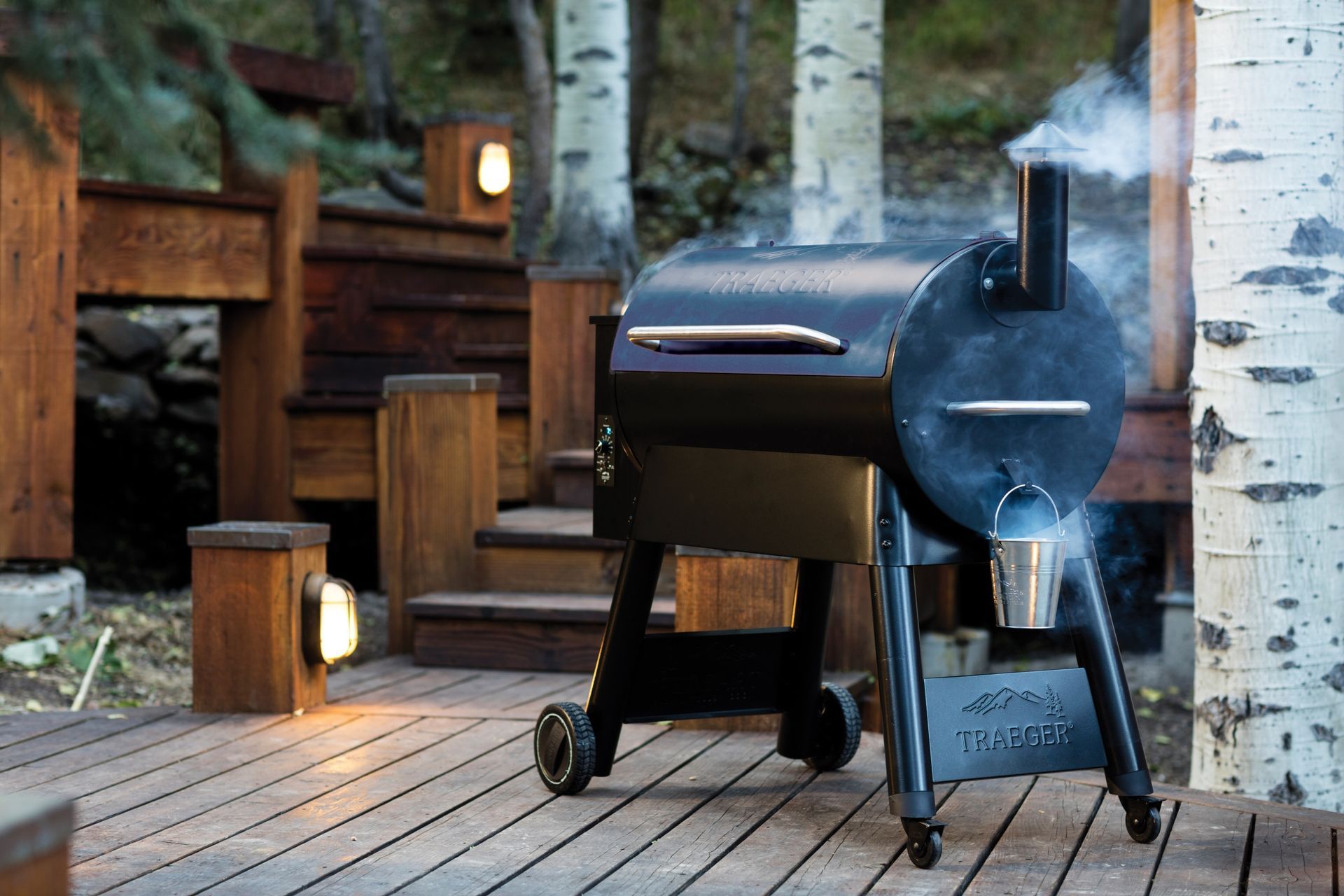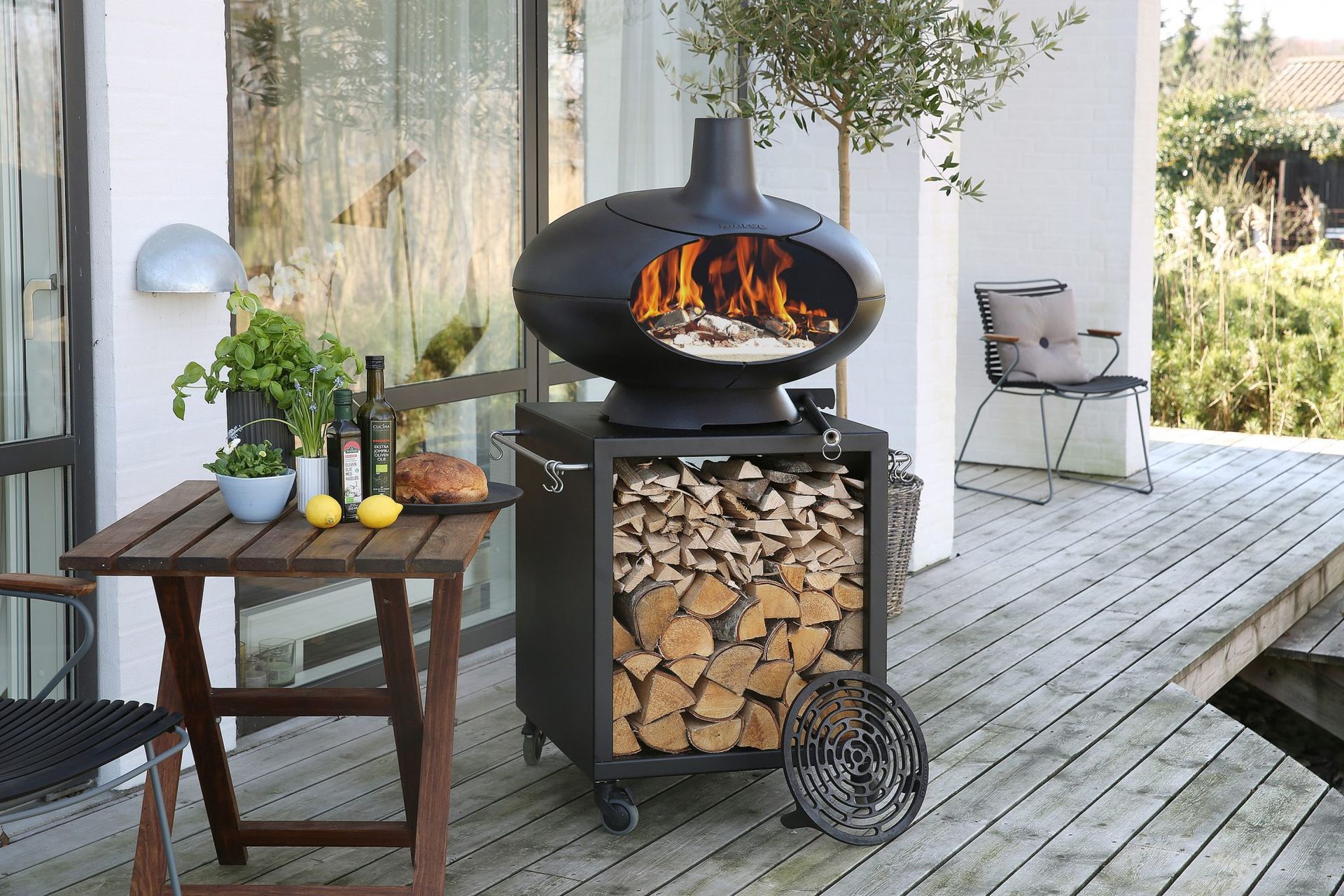Different types of BBQ grills to set you up for the Kiwi summer
Written by
02 April 2023
•
9 min read
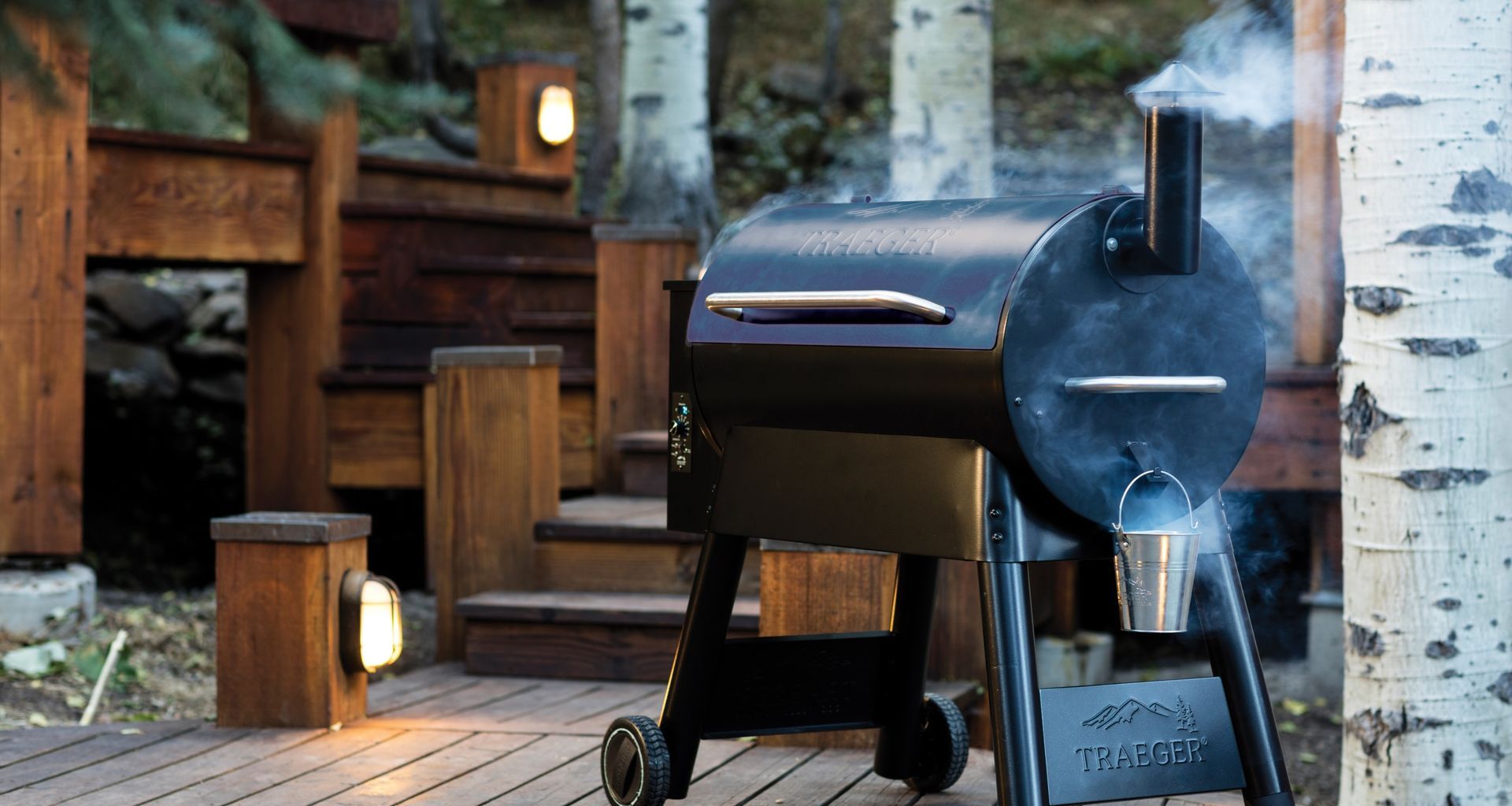
Choosing the right BBQ grill depends on many factors. Some prefer the simplicity of gas grills, while others prefer the smoky flavour that you can get from charcoal grills. Some want something small and portable while others need something they can use for big parties. BBQ grills vary in price, capabilities and available features and the great thing about this is that there is something out there for everyone.
1. Propane BBQ grill
One of the most popular types of outdoor grills in New Zealand, propane BBQ grills (or LPG grills), are quick to heat up, easy to use and have precise heat control.
There are propane BBQ grills to fit every budget and they are available in a wide array of sizes and with a variety of features. They are practical when you want dinner on the table fast and they are easy to maintain.
Propane gas grills do not, however, provide the classic smoky flavour that many grilling enthusiasts desire.
Pros: Heats up quickly, easy to use and maintain.
Cons: Lacks the smoky flavour of charcoal grills.
2. Natural gas grill
Natural gas grills generate heat using natural gas, typically connected to your home’s natural gas line. Using natural gas to heat your grill is typically more economical and convenient than using refillable LPG tanks. They offer similar advantages as propane grills — easy to light, heat up quickly, great temperature control and minimal maintenance. There are also many of these types of grills to choose from being a popular choice in New Zealand.
Natural gas grills, like propane grills, do not add a smoky flavour to meat, but you can simulate this flavour using a smoker box in your grill. Obviously, you also need to have a home that's plumbed with natural gas to even consider this option.
Pros: Cost-effective, precise temperature control, minimal maintenance.
Cons: Requires a home that's plumbed with natural gas.
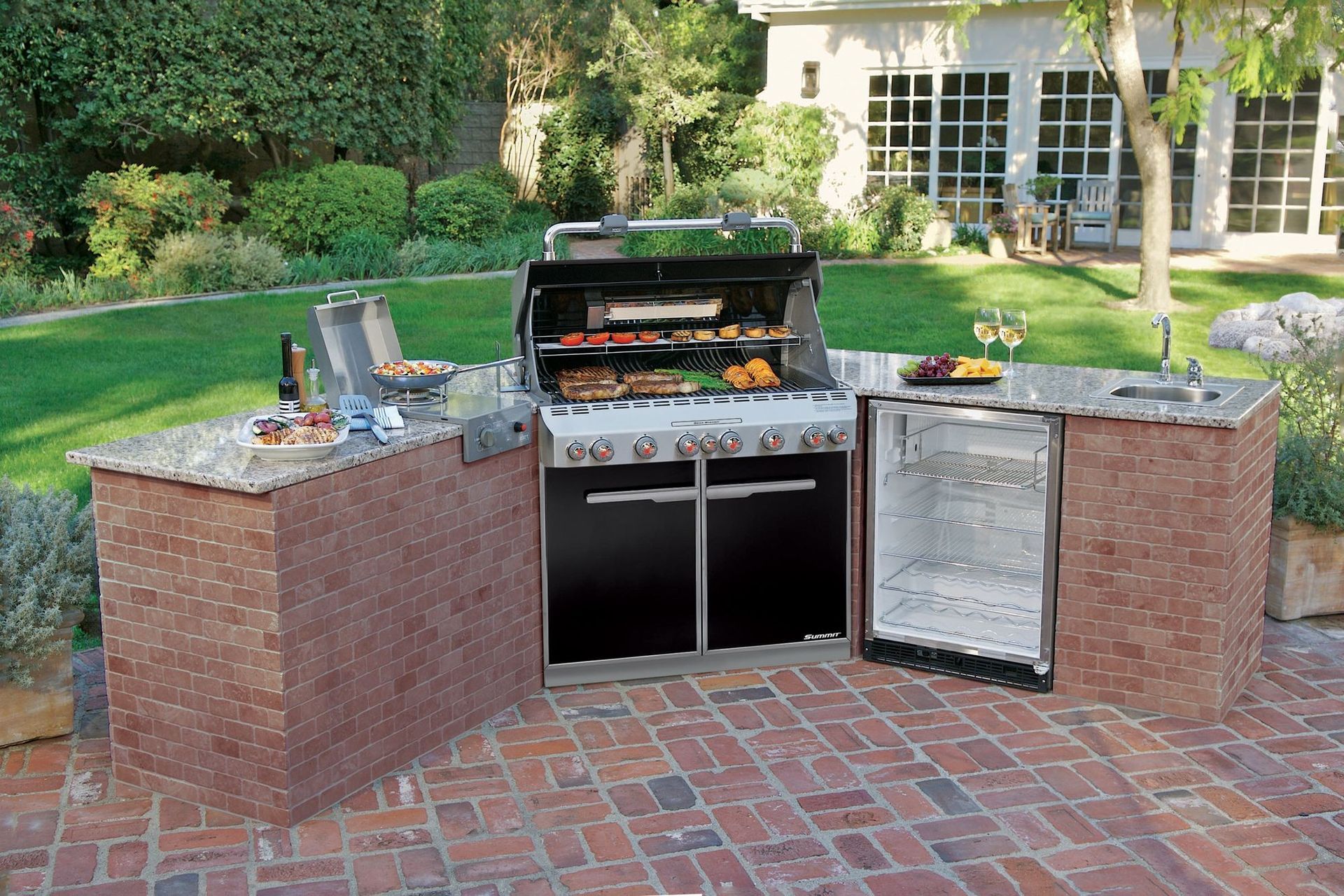
3. Charcoal grill
Charcoal grills are a favourite among BBQ enthusiasts who enjoy the rich smoky flavour the charcoal briquettes infuse into the meat. These grills are inexpensive and functional, and their high heat temperature is ideal for searing steaks. The smell of charcoal in the air also adds to the atmosphere of an occasion, which is something that shouldn't be discounted.
The one downfall is that charcoal grills take more time to heat up than a gas or electric grill — up to 45 minutes — however, many people believe it’s well worth the wait. There is also slightly more cleaning up involved, removing ashes etc once the season has passed.
Pros: High heat for searing steaks, smokey flavour, atmospheric.
Cons: Can take a while to heat up, longer to clean up afterwards.
Related article: How to build an outdoor kitchen on a budget
4. Kamado grill
Originating from Japan, Kamado grills are egg or dome-shaped grills that use charcoal to generate heat. Its shape allows for excellent heat circulation, and its ceramic construction maintains heat and cooks food evenly. Kamado grills, known for their versatility, are great for grilling, roasting and even baking. They also look great with their unique shape that draws on both modern and traditional aesthetics.
As with many charcoal grills, they can take a long time to heat up and also to cool down.
Pros: Excellent heat circulation for even cooking, versatile functionality for roasting and baking, great aesthetics.
Cons: Can take a while to heat up and cool down.
5. Wood pellet grill
The popularity of wood pellet grills for outdoor cooking is on the rise. These grills, heated using compressed wood pellets, combine the best qualities of both gas and charcoal grills. Lit with an electric starter and managed with a control panel for quick heating, pellet grills generate heat and smoke to cook and flavour the meat. Flavoured pellets, such as hickory, cherry, pecan, mesquite and apple, are sometimes used to infuse the meat with interesting aromas.
Wood pellet grills are quite a novel option and tend to be a bit more expensive because of it. Most also require electricity to run the pellet feeder and digital controls which means they aren't viable as portable solutions.
Pros: Viable compromise between gas and charcoal, easy-to-use electric starter, flavoured pellets available.
Cons: Can be more expensive, requires electricity for the starter.
6. Portable BBQ grill
Convenient for camping trips, tailgating or picnics at the park, portable grills run using LPG tanks. They can also be the perfect solution for people who love to grill but live in an apartment or condo with only small outdoor spaces or patios.
Also known as table BBQ grills, most portable grills are lightweight, easy to store and well-constructed for long-lasting usage. The downside is that their grilling space is small and not ideal for feeding big crowds.
Pros: Portability makes it extremely versatile, quick and easy to use.
Cons: Tend to be smaller in size, not ideal for large groups.
7. Hibachi Grill
Hibachi means “fire bowl” in Japanese, referring to the cylindrical, or bowl shape, of the grill. These grills are open-topped style grills designed to burn charcoal or wood. The grill grate is raised or lowered depending on how close you want your meat to the heat source. Hibachis are great for grilling thin strips of meat, skewers or satay sticks.
They are small, inexpensive and have unique cultural value but are specific in their use so won’t suit all.
Pros: Unique choice, inexpensive, excellent for skewers and thin strips of meat.
Cons: Limited applications, often smaller in size.
8. 55-Gallon steel drum grill
A 55-gallon steel drum BBQ grill is exactly what you think it is—a large steel drum filled with lump charcoal and a large cooking area for grilling meat. Some people build these drums as a DIY project, but because of their popularity, are also available for purchase and are ready for use. There's a strong American influence with these BBQs but they are an option that people are becoming intrigued by in New Zealand.
Because of their large grilling area, they are great for cooking larger cuts and bigger quantities of meat. They are often used for southern-style BBQs and in grilling competitions.
Pros: Great for large batches and cuts of meat, fun talking point.
Cons: Heavy and bulky, not as well-suited for smaller groups.
9. Gas and charcoal combo grill
A combination charcoal and gas grill offers the best of both BBQ worlds. You choose the traditional smoky sear and flavour of a charcoal grill or the quick-to-heat, evenly heated gas grill — or both.
Some charcoal/gas combo grills have two sides, one side heated with propane tanks or natural gas and the other side fitted for charcoal burning. Combination grills do require a long and complex assembly and are often built into large outdoor kitchens.
Pros: Offers two modes in one, accommodates most forms of outdoor cooking and entertaining.
Cons: Assembly can be complex, both modes need to be used simultaneously to realise full potential.
Related article: How to set up an ideal deck in New Zealand
10. Smoker
While some charcoal and pellet grills are used for smoking meat, real meat-smoking aficionados prefer a standalone smoker.
Smokers are heated by charcoal, propane or electricity, and wood chips or pellets are usually added to add a rich depth of flavour to your smoked meats. Some smokers offer electric temperature controls and set cooking times, handy with cooking times of up to 24 hours for some cuts of meat.
Learning how to smoke meat involves a bit of trial and error, but once you perfect your technique and taste the results, you're likely to become a fan for life.
Pros: A must for meat-smoking aficionados, preserves meat.
Cons: Long cooking times, requires skill to use.
11. Disposable ready-to-use BBQ grill
Unlike other portable grills, disposable BBQ grills are designed for single use. Made using lightweight aluminium, these grills use charcoal as a heat source.
The grills come pre-packaged with everything you will need to barbecue — a foil pan, grill top, charcoal, and starter sheet. Campers sometimes choose a disposable BBQ grill because it fits in a backpack.
Rightfully, disposable grills face criticism for their negative environmental footprint. In saying that, there are some more sustainable versions available.
Pros: Portable, lightweight, easy-to-use.
Cons: Not the most eco-friendly choice.
How to choose the right BBQ - Factors to consider
Having covered the main types of grills, you might already have all the information you need to make the right choice, however, we thought it would be helpful to quickly highlight the main factors that should inform your decision.
Fuel source
The type of fuel source your BBQ will use, be it propane (LPG), natural gas, charcoal or wood pellets has a major impact on cooking, running costs and maintenance. Once you're sure about this, you're already halfway there.
Size of the grill
How you intend to use your BBQ will dictate the size you'll need. If you're buying it as something to use for parties and social gatherings, then something like a 3 - 6 gas burner BBQ or a large charcoal grill will be the best bet. If it's more likely to be used to feed the family or household, then a more modest selection or a portable grill will suffice.
Cleaning and ongoing maintenance
No one likes clean-up but it is an important reality when it comes to owning any type of grill. As we've discussed, some require more upkeep than others with failure to do so impacting the condition and longevity of the BBQ. Be sure you understand what these requirements will be and what you'll have to commit to before making your decision.
Durability and features
BBQs can be considerable investments so you want to be sure you prioritise one with good build quality, made from superior materials. Well-established specialist brands usually have a track record to reference for this but don't shy away from looking into this further. Looking for additional features, like side burners, tool hooks, rotisserie kits, thermometers, and smokers is also often a good way to separate your options from one another.
Related article: Fire pit ideas that are redefining outdoor living in New Zealand
Different types of BBQ grills for one and all
As you can see, there are many different types of outdoor barbecue grills available for purchase in New Zealand, each with its own unique features, benefits and uses. Now that you understand their unique characteristics, you can choose one based on your preferences, budget, lifestyle and cooking ambitions. They’re great fun to use and will help you create even better memories with your friends and family too.
(This article was updated on 2nd December, 2024)
Discover an extensive range of high-quality BBQ grills on ArchiPro

